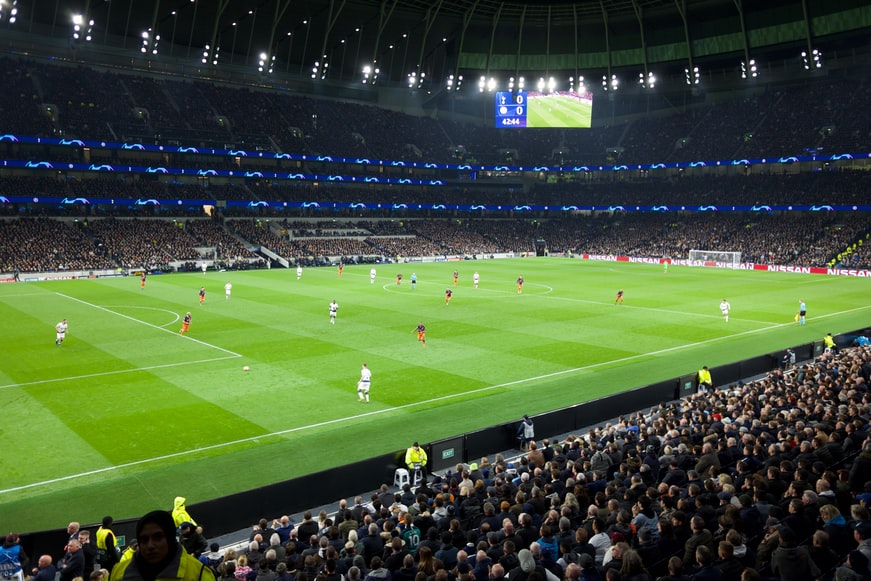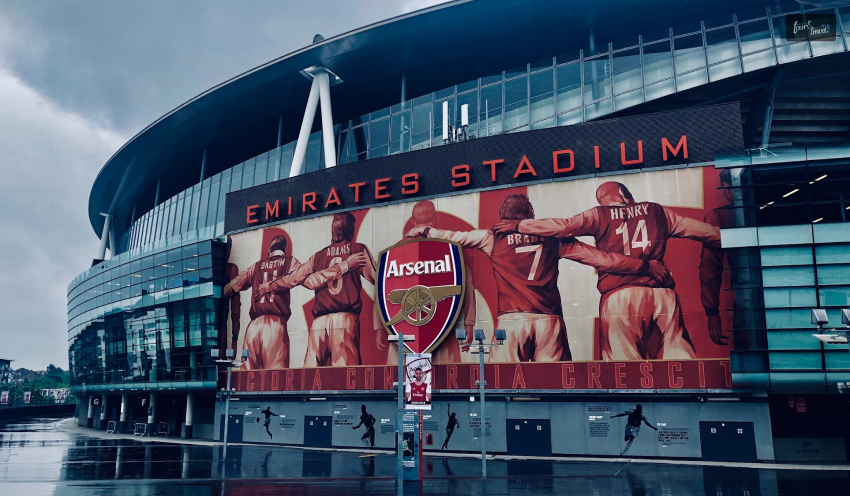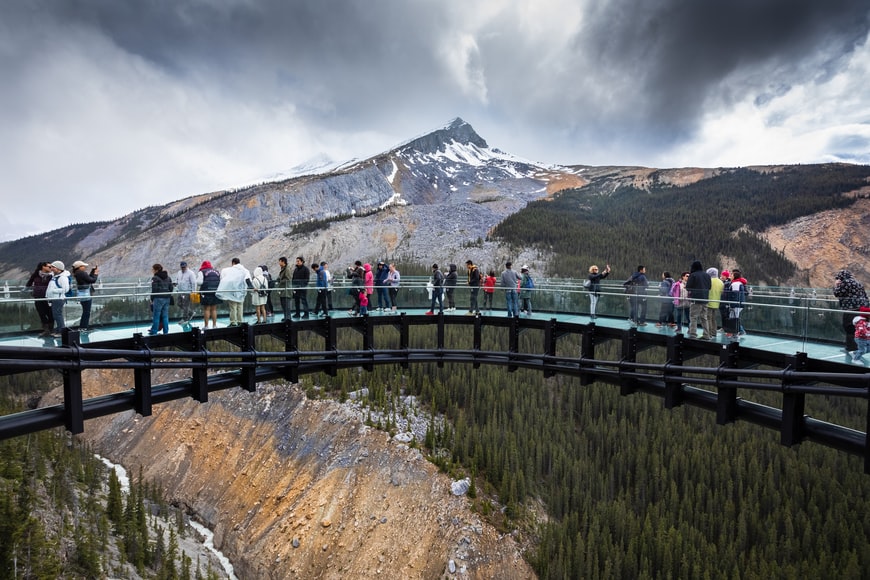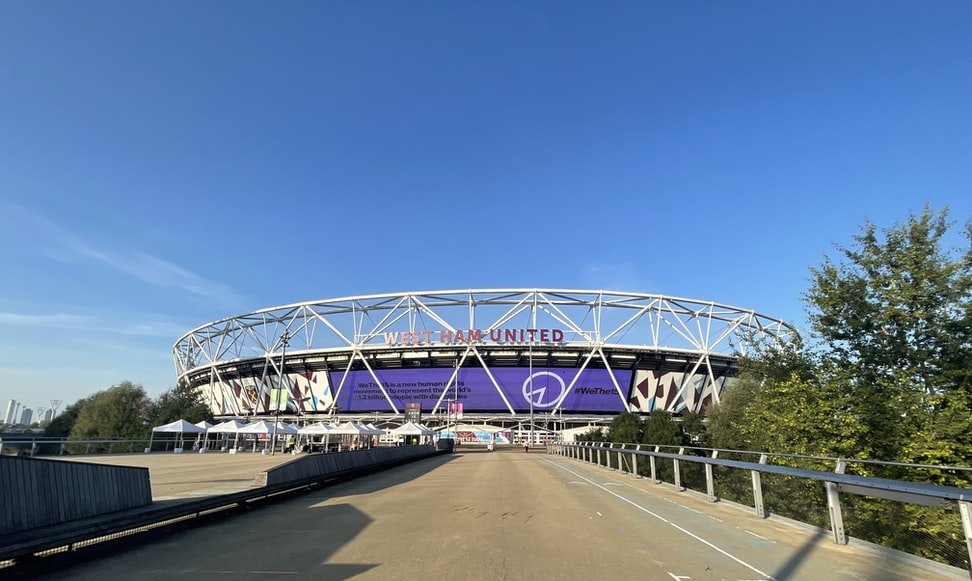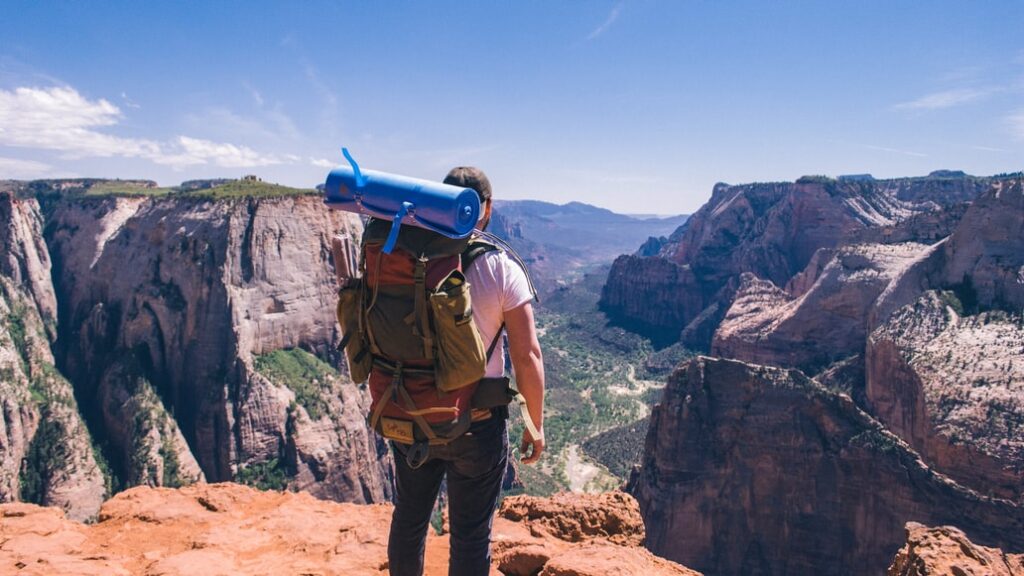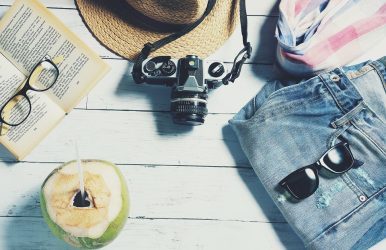4 Reasons You Must Visit Gatlinburg This Summer
BY Abdul Aziz Jun 8, 2023
No one likes staying home for the summer. Your summer holidays are the best time to get out there and explore what is happening worldwide. If you’re eager to play tourist, you should check out Gatlinburg this summer. This popular tourist destination, located in Tennessee, is well-loved by millions of tourists all over the world. Gatlinburg is a quaint little town located near the Smoky Mountains National Park. So when tourists feel like visiting this impressive Tennessee monument, they often stop by Gatlinburg. Once you arrive here, there is much to do, from attractive sites to see to delicious food that will leave your taste buds singing. Choosing the right season to visit Gatlinburg makes all the difference to your holiday, and here are some reasons why you should go in the summer: Gatlinburg Is Brimming With Activities Gatlinburg knows how to keep tourists entertained throughout the year. If you stop by in the summer, you will witness many events that will make your trip memorable. Whether you want to visit the Ober Gatlinburg, zip line at the Anakeesta, or walk across the Sky lift Park bridge, these top attractions in Gatlinburg are waiting for your arrival with comfortable accommodations. But, if you want to wind down and enjoy the open air, Gatlinburg also has a selection of live events to experience. One of these noteworthy events is the Barbecue and Bluegrass event which is held at Dollywood in Pigeon Forge. Gatlinburg is roughly fifteen minutes away from Pigeon Forge, so you don’t need to book plane tickets to get there. The Barbecue and Bluegrass Festival runs from May 25th to June 10th and is a delicious combination of two Southern traditions, BBQ and live bluegrass music. While attending this event, you will feast on mouthwatering barbecue dishes such as smoked chicken, pulled pork, and brisket. After you’ve stuffed yourself to your heart’s content, you can enjoy live Bluegrass music. This genre of American roots music features close harmony and heartfelt notes, so don’t be surprised if you start swaying to the rhythm. The Best Time To Hike Take advantage of the summer and go for a hike in Gatlinburg. The Smoky Mountains National Park is a sight to be held during the warm weather. You will have a chance to smell the blooming flowers, gaze at the wildlife roaming away from the tourists, and observe the impressive trees that populate this park. Hiking is also much more manageable in the summer. If you try accessing these trails during the winter, the snow will make it hard to thread on them. The Smokies has over 800 tracks for you to try, some of which include the Abrams Falls, Porters Creek, and Big Creek trails. Abrams' Fall is one of the most notable waterfall hikes. The whole trip is about 5 miles long and is the ideal route if you’re new to hiking. Along your journey, you will encounter a 20 feet high waterfall which is soothing to look at, refreshing to feel on your skin. On the other hand, if you opt for the Porters Creek Trail, the entire route is about 4 miles long. During the first mile, you will have to use the gravel road that lines the banks of the creek as water flows in thick streams around you. As you progress, you will catch views of the old remains of the communities that settled in Porters Creek in the 1900s. These include their farmstead and their graveyard. Another mile, and you will run into the spectacular 40-foot waterfall known as the Fern Branch Falls. Before you start hiking, ensure you have all the essential items you need to make this endeavor possible. This includes the proper boots, a map, water bottles, spare clothes, and a first aid kit. The Cabins Are Affordable Cabins are by far the coziest and best option when it comes to vacation rentals. These lodgings offer far more privacy than the average hotel for half the price. Most cabins also have amenities like a jacuzzi, a home theater, and a fully stocked kitchen. So what better time to enjoy these perks than during peak summer? Additionally, if you get a cabin near the lake, you’ll hear the gentle flow of water, soft chirps of insects and smell all the flowers blooming near your accommodations. At night, you can come out for a session of stargazing and enjoy the warmth of the night air. Cabins are also far more affordable in the summer than in any other season. This is because they’re more accessible when the weather is warm, and you don’t have to pay extra to clear off the snow to make a path to walk on. Great Time For Fishing Gatlinburg is home to numerous lakes and fishing streams where you can try your luck and gauge if you’re an expert angler. In the summer, fish come to the surface early morning. While in the afternoon, they swim about in large schools, increasing the probability of you reeling one in. Fishing is therapeutic. It can help you shut off your mind and allows you to relish the cool water body beneath your boat. If you happen to visit Gatlinburg with your family, fishing proves to be the ultimate bonding experience. You will never forget the precious moment of teaching your child to hold a fishing rod, guiding them on baiting a fish, and watching the smile on their face when they emerge successful. Try visiting the Horseshoe fishing spot at Cades Cove near Upper Abrams Creek. This region is known for its rainbow trout, about an eight to twelve-inch-long fish. Although you may have slight difficulty in accessing this zone since there aren’t nearby trails that can safely take you to the Horseshoe, with a little perseverance, you can still access the water. Moreover, if you want a picturesque lake, visit the Little River at Elkmont. This is a large stream that you can access from the roadside. But, if you’re willing to work, a further two-mile hike up the creek through the Little River Trail can give you a front-seat view of both rainbow and brown trout, which are a joy to catch. Final Thoughts Spend your holidays this summer by visiting Gatlinburg. The warm Tennessee weather and hospitality of the locals will beckon you to visit. Gatlinburg is popular among tourists for the right reasons. It has exciting restaurants, breathtaking views, and hiking trails that you should explore. Furthermore, you can’t deny this once-in-a-lifetime opportunity of seeing the Smokies up close. This park is Tennessee’s most significant treasure and is responsible for keeping the tourist industry alive. You can also try your hand at activities that are not usually available all year round, like fishing. Nothing beats a successful fishing expedition when you bring home a prized trout. So, what are you waiting for? Visit Gatlinburg now! Read Also: 5 Must-Visit Offbeat Destinations Near Delhi 7 Creative Truck Cap Camping Ideas To Use In Jungle Adventures The Perfect Destination For Adventure Enthusiasts In Jamaica- Yaaman Adventure



